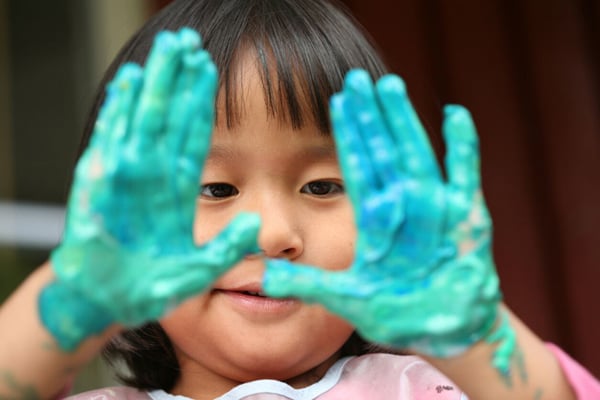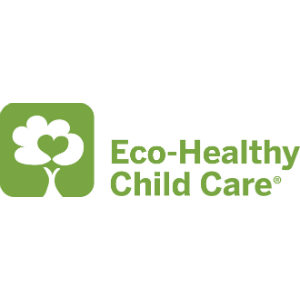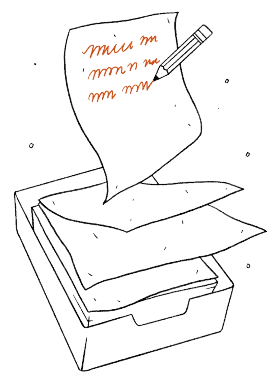It’s important for children to participate in arts and crafts. It allows them an opportunity to express their creativity and use their imaginations. Whether it’s finger painting or drawing a picture, children feel proud knowing that they have created something. As a parent, I love it when my 3-year-old son is creative. We show our appreciation by placing his creations on our fridge. But I also make sure that whatever he is using to be creative is also safe. It’s essential that parents and early learning providers take the time to choose art supplies that are healthy and free of chemicals that may cause harm. Some art supplies contain toxic ingredients that when used or stored in play areas create a risk to the health and well-being of children.
Lead, asbestos and organic solvents are sometimes used to enhance pigmentation, preserve art products, and to improve application. These toxic ingredients can trigger asthma, allergies, headaches and nausea, especially in poorly vented areas.
Children are exposed to the toxic ingredients in art supplies through inhalation, skin and eye contact, and ingestion. Inhaling dust and vapors from art materials can damage developing lungs and cause respiratory irritation. Getting art and craft materials on the skin can irritate it, and rubbing eyes with unwashed hands increases chemical exposure even more. Younger children who regularly put their hands into their mouths can ingest chemicals from art supplies.
Children are uniquely vulnerable to these harmful chemicals, and it is vital to purchase and use supplies that are certified as nontoxic.
As the national director of the Eco-Healthy Child Care® program, I offer these recommendations for safer arts and crafts:
- Use only nontoxic art supplies approved by the Art and Creative Materials Institute. Look for ACMI nontoxic seal “AP” at www.acmiart.org.
- Read labels and identify precautions.
- Do not allow children to eat or drink while using art and crafts materials.
- Ensure children wear protective smocks.
- Make sure children wash their hands thoroughly immediately after using materials.
- Ventilate while crafting.
- Provide adult supervision.
Products to avoid
- Solvent-based products (markers, oil-based paints and cements), which can be extremely flammable and release toxic vapors.
- Products that contain lead.
- Permanent felt-tip markers or scented markers.
- Products that are not in the original container or without proper labeling (including donated items).
- Products that can be inhaled or get into children’s eyes, such as: clay in dry form, powdered paints, wheat paste, and aerosols (spray paint, hair spray)
Eco-Healthy Child Care® helps early childhood learning environments to be as healthy, safe and green as possible by reducing children’s exposure to toxic chemicals. Read our Art Supplies Fact Sheet on Share My Lesson to learn more about toxic ingredients that can be found in art supplies as well as products to avoid.

 Author Bio:
Author Bio:
Hester Paul is the director for Eco-Healthy Child Care® (EHCC), a national, science-based and award-winning program managed by the Children’s Environmental Health Network, which partners with child care professionals to eliminate or reduce environmental health hazards found in and around child care facilities. To find out more about the program, or to join the EHCC Friends email list, visit: http://cehn.org/join-us/subscribe/. You can also connect with EHCC on Facebook: www.facebook.com/ehcc







 Author Bio:
Author Bio:





